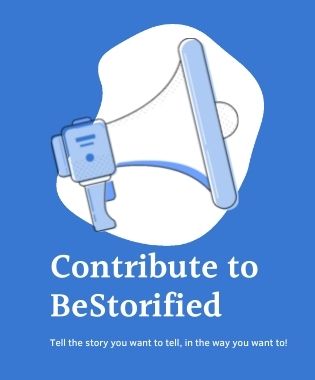5 effective techniques for brainstorming
- October 29, 2022
- Publishing
To develop ideas and come up with creative answers to challenges, people have employed brainstorming. Now, some people prefer to work alone, but others think that groups have more power. Because of this, brainstorming sessions have started to become commonplace in all organisations during the past few years. When seeking to generate ideas, find answers, or share knowledge, brainstorming helps people think freely and creatively. The use of brainstorming techniques is a tested method for producing a large number of ideas rapidly. Some of the core ideas of brainstorming call for participants to exercise restraint, prioritise quality over quantity, pay attention to all ideas, and think creatively and unconventionally in search of ground breaking new notions. In this article, we’ll explore 5 effective techniques for brainstorming.
Gap filling
A helpful tool in product innovation is gap filling. In order to choose the optimal plan of action for the present, it entails using just a timeframe to map past and future events or realities. Beginning with the past helps you remember how you got there and what demands you are attempting to satisfy. By filling in the future, you and your team may establish a shared vision for how you want reality to be following your action.
The five whys
This method is remarkably good in identifying the source of an issue, despite the fact that it looks straightforward. It makes use of the strength of cognitive pique. The goal is to begin with the most visible, on the basic level issue and inquire why it has become an issue. Create a solid, factual response to something like this, and afterwards repeat the steps for the secondary issue. By working through each layer of a problem, this approach finally uncovers its underlying primary cause.
Rapid ideation
This approach is based on gathering as many thoughts as you can and doing it promptly. Team leaders must give all the background details, such as the problem/topic, timeline, and money, up front for this tactic to work. After that, a deadline for concept development will be established. The team should be encouraged to write down virtually any ideas that come to mind at this moment, no matter how absurd they may sound to the team. Unexpected ideas can occasionally turn out to be the greatest ones.
Crawford slip writing
Teams can collaborate using note cards or slips of paper when using the Crawford slip-writing technique, which also allows participants to provide candid feedback. Each team member writes their thoughts on a piece of paper once the team lead presents an issue, question, or concept. The team leader gathers the note cards once everyone has finished recording their ideas for individual review.
Starbusting
A six-pointed star is used in the starbursting method to organise information. Individuals or organisations must write a topic, problem, or potential in the star’s centre. Then, they assign the terms “who,” “what,” “where,” “when,” “why,” and “how” to each of the six points. Based on the labelling on each point, this research technique is excellent at generating inquiries.
Now that you understand the value of brainstorming and have found five strategies for producing more ideas. Though it need not be tough, idea generation might be challenging. To improve your idea generating, try using a few of the aforementioned strategies or develop your own process for brainstorming based on them.
If you want to share anything on a topic you care deeply about, send us your submission. Here are the guidelines
- 5 Steps to Be Better Than Competitors in Business and Dominate Your Market
- Proven Methods to Increase TikTok Followers Fast and Easily
- Five Types of Non-fiction that Even Fiction Lovers Will Enjoy!
- The Power of Shelf Talkers in Retail Environments
- Do Likes Really Matter on TikTok? 7 Essential Factors You Should Know






